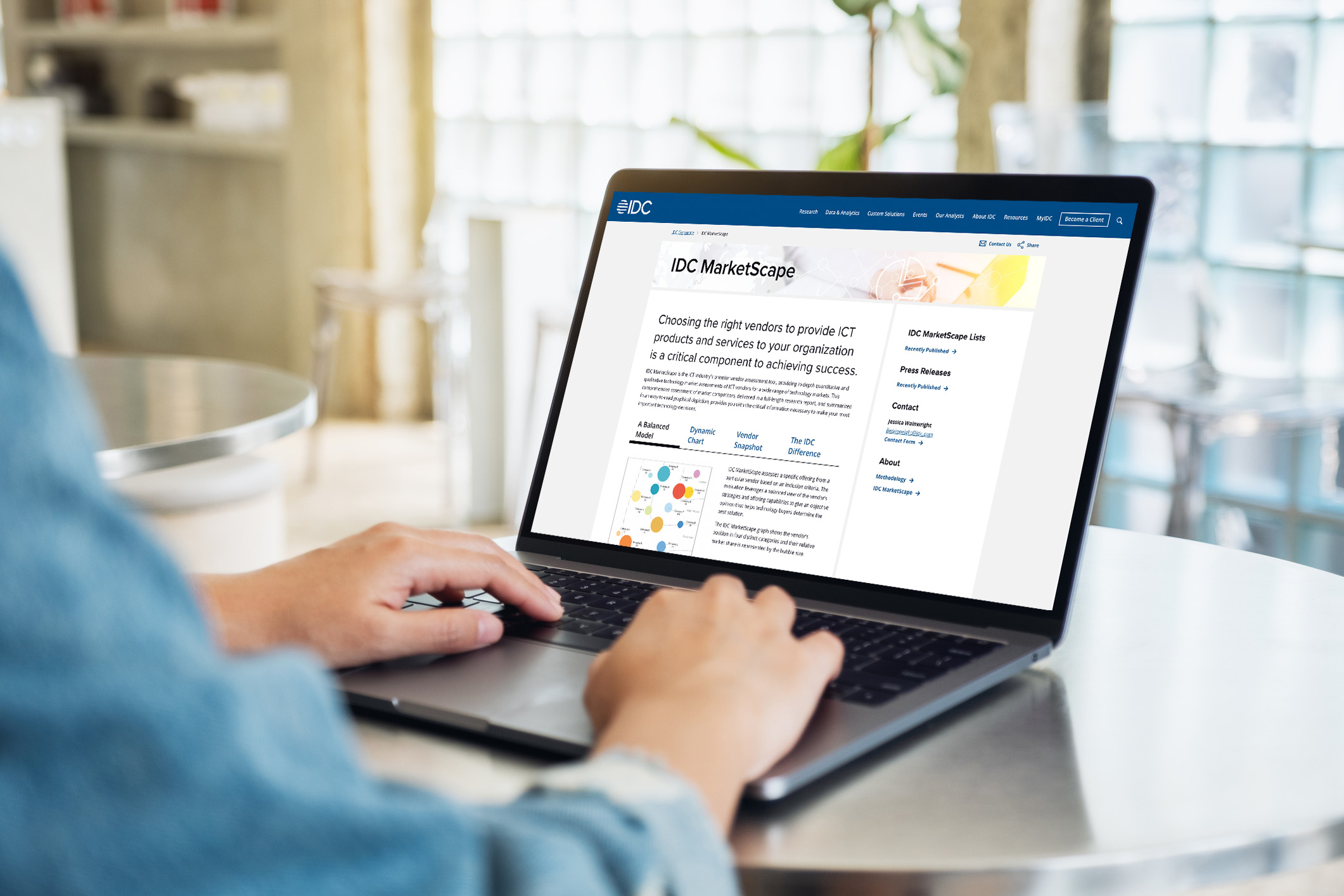
Originally published in Document Strategy
In my last article, on “Where Is the Power of Clear Communications” I discussed how clear and concise customer communications can dramatically improve your organization’s customer experience (CX). Clarity is important. However, another critical aspect that should be considered is consistency. We read and hear a lot about the importance of consistency in our communications, but we all know it isn’t always easy to achieve—particularly when you consider the ever-growing number of communication channels available to customers. When you are evaluating the consistency of your customer communications, ask yourself, “What impression do our communications have on the customer? Do they seem like they are coming from the same company?
The way to thoroughly answer the two questions above is to engage in a complete assessment of your customer communications. Creating this inventory will require a deep dive into your communications landscape. This will be easier if you can assemble a team with stakeholders from all the various functional areas in your organization that generate customer communications. Each of these stakeholders will be in the best position to understand their individual communications workflow and challenges.
The process then involves creating a comprehensive inventory of the many communications sent out to customers. Once a catalog of these communications is created, you can begin the process of analyzing that inventory to identify ways to improve these vital touchpoints.
In addition to your assembled team, software tools are available that can help run queries on the content in your communications inventory to identify and understand the attributes, patterns, commonalities, and differences present in the collection of documents. For example, you may find many pieces in which the content, tone, or graphical elements are not consistent. Getting visibility into your communications landscape is the first step toward ensuring consistency and adherence to brand standards across the organization.
With visibility into your communications, you can begin to evaluate the number of different pieces of content within the organization as well. By identifying what content you need, what can be shared, and what can be reused, you can reduce the volume of your correspondence significantly. This one activity can drastically simplify the effort required when elements need to be rewritten, updated, translated to another language, or otherwise changed.
Another benefit of the process is the ability to define your core content with a common voice only once. Additionally, it will simplify the task of migrating that content from disparate locations to a centralized content library. Reducing the chance for inconsistencies in communications can also reduce the potential for a compliance issue or customer misunderstanding.
Achieving consistency across all channels of communication hits at the core of the customer experience. Putting the necessary processes in place to ensure your organization is reaching out to customers with a clear and consistent voice will improve customer relationships across all types of contact points and generate more impact with customer communications that are relevant to their needs.

TORONTO, December 5, 2024 – Messagepoint Inc. announced it has been named a Leader in the IDC MarketScape:…
Read more
IDC’s MarketScape for Intelligent Customer Communications Management evaluates vendors that natively own or integrate forms technology and artificial…
Read the whitepaper
The mortgage servicing industry is under immense financial pressure. With interest rates high and home prices still rising,…
Read the Article